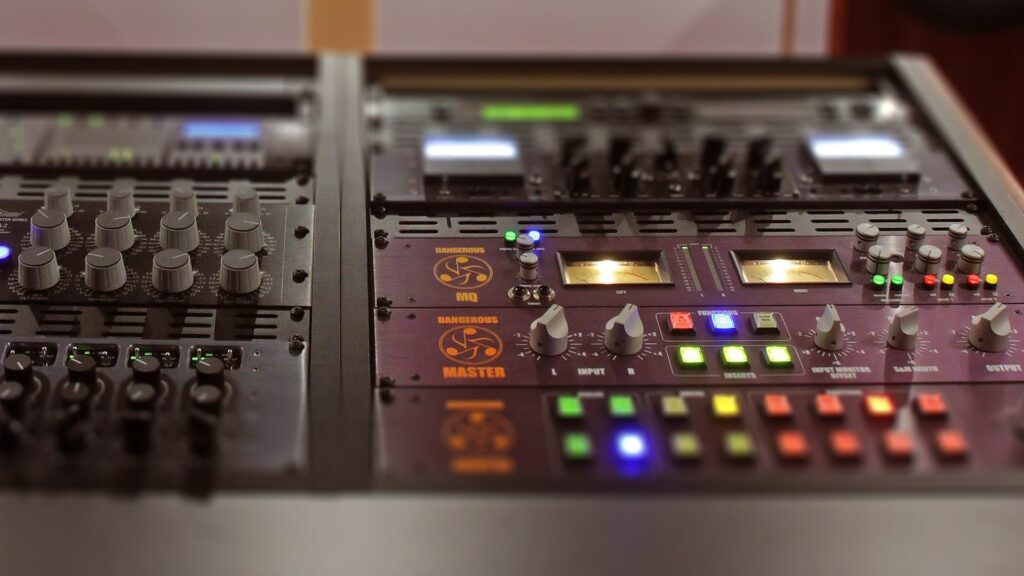
Song structure refers to the organization of musical elements within a song, including the arrangement of verses, choruses, bridges, and other sections. Song structure is an essential aspect of music composition and can vary widely across different musical genres and styles. Here are some common song structures:
Verse-Chorus Structure (AB):
- This is one of the most popular and widely used song structures, especially in pop music.
- The song alternates between verses (A) and choruses (B).
- Verses typically contain the narrative or lyrical content of the song, while choruses often feature a catchy, repetitive melody and lyrics.
- This structure is often accompanied by other sections like pre-choruses and bridges for added variety.
Verse-Verse-Chorus Structure (AABA):
- In this structure, the song starts with one or more verses (A), followed by a chorus (B), and then another verse (A).
- The AABA structure is often used in jazz standards and older popular songs.
Verse-Pre-Chorus-Chorus Structure (ABAB):
- This structure includes verses (A), pre-choruses (B), and choruses (A) in that order.
- Pre-choruses serve as a transitional section that builds tension and anticipation leading into the chorus.
Verse-Chorus-Verse-Chorus-Bridge-Chorus Structure (ABCABC):
- This structure incorporates additional sections like a bridge (C) between the second chorus and the final chorus.
- The bridge provides contrast to the rest of the song and often includes different lyrics and melodies.
Rondo Structure (ABACA):
- This structure features a recurring main theme (A) interspersed with contrasting sections (B and C).
- Classical music often uses the rondo structure.
Strophic Structure (AAAA):
- In strophic songs, all verses have the same melody and chord progression.
- This structure is common in folk songs and some hymns.
Freeform Structure:
- Some songs don’t adhere to a specific structure and instead flow freely without repeating sections in a predictable manner.
- Freeform songs may have irregular lengths and unique arrangements.
Instrumental Structure:
- Some songs, especially in genres like classical, jazz, or electronic music, may prioritize instrumental compositions over traditional verses and choruses.
- These songs often follow distinct instrumental structures or forms, such as sonata-allegro, fugue, or variations.
Narrative or Conceptual Structure:
- Some songs follow a narrative or conceptual structure that reflects the lyrics’ storyline or theme.
- The song’s sections are arranged to convey a specific message or tell a story.
Extended Structures:
- Longer songs or compositions, such as progressive rock or classical symphonies, may incorporate multiple sections, movements, or themes within a single piece.
The choice of song structure depends on the composer’s artistic vision, the genre of music, and the emotional or narrative content of the song. Effective songwriting often involves a balance between familiarity (repetition of sections) and creativity (innovative or contrasting sections) to engage the listener and convey the intended message or mood.



